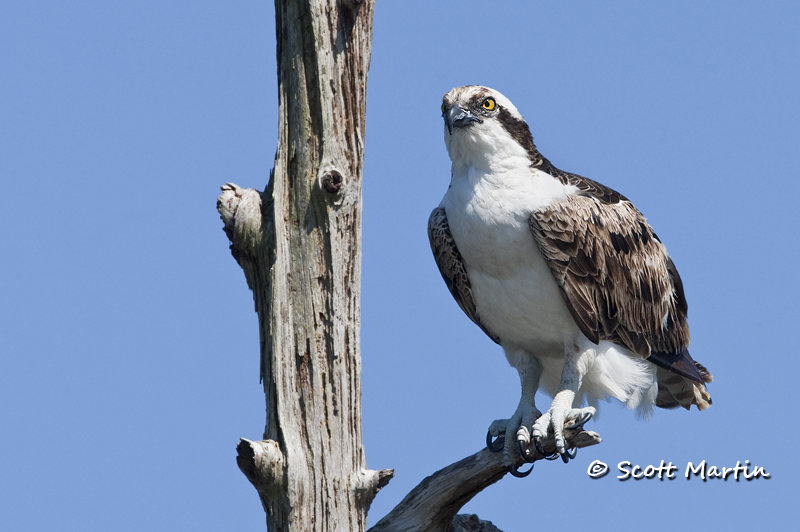
Osprey From Florida, Part Two
The last blog entry concentrated on in-flight images of Osprey. It is very difficult to plan for in-flight shots although knowing the behaviour of the bird you are shooting does help in selecting the best vantage point to provide an increased likelihood of getting that perfect shot. Today’s post concentrates on a perched Osprey and a most fortunate situation where the bird remained on the perch for about ten minutes allowing time to set up for different shots and think about composition as well as positioning for the best light. All of the images today were shot using the EF 500mm f/4 L IS lens with a Canon 1.4x TC creating a focal length of 700mm. These shots were taken using a monopod as I didn’t want to risk setting up the tripod and have the bird leave his perch before I was set up…..an unfortunate occurrence that virtually every bird photographer has experienced at least one too many times!
These images are helped by a great perch that itself is visually interesting, a beautiful blue sky and a healthy Osprey who was perched only twelve feet above the surface of the water at the Viera Wetlands on the East coast of Florida.
This first image is a bit awkward compositionally as the free space required on the left (providing space for the bird to look into) positions the perch too centrally in the image for my liking and the angle to the sun leaves fairly large shadows across the neck and chest of the bird.

The next two images were taken from the same position however the ‘over the shoulder’ pose of the Osprey allows for free space to be placed on the right side of the image, moving the perch to a position that is much more appealing than in the first image. This results in the second & third images being much better photographs than the first. The third image was ‘warmed’ a little in post processing by increasing the white balance temperature about three hundred degrees. Adjusting the white balance in post processing can create subtle to rather dramatic changes in the final image, which is one of the many reasons to always shoot in RAW format where exposure and white balance can be adjusted in post processing. Neither of these two parameters can be changed if you shoot in JPEG format.
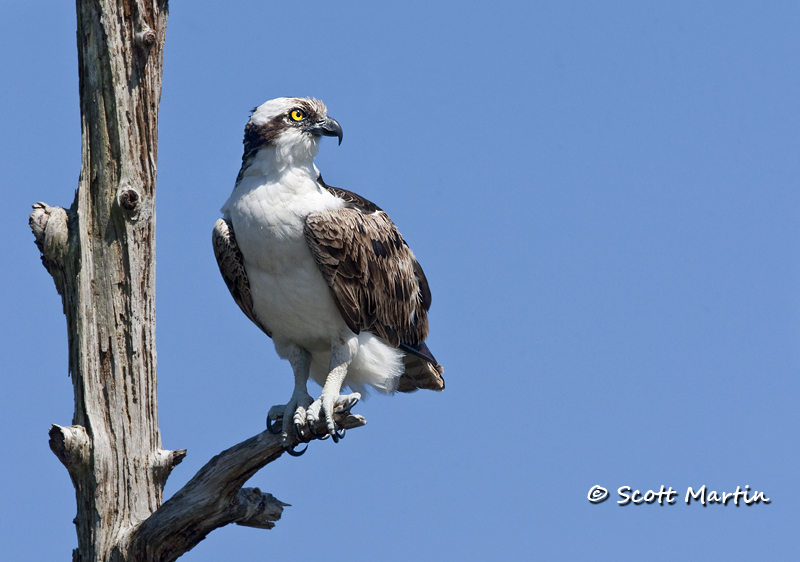
.
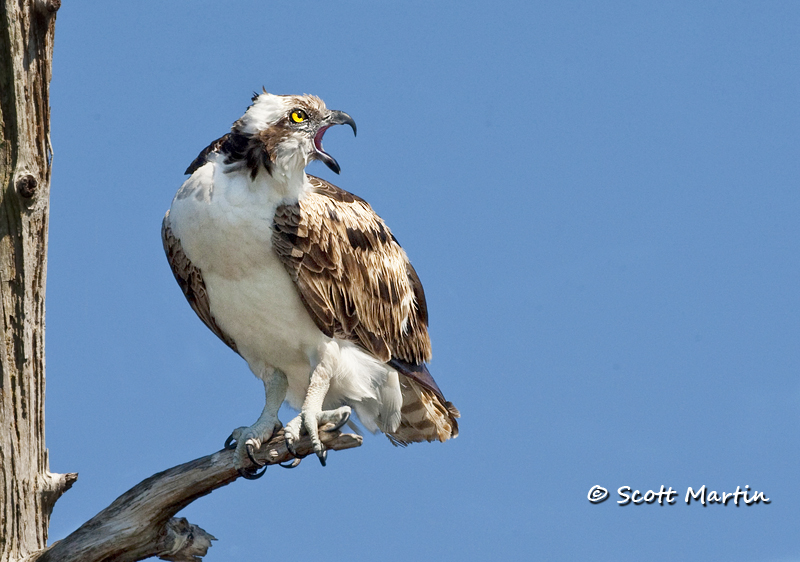
The position for the next image was changed in order to minimize the shadow across the neck of the bird, however doing this moved the perch directly behind the body of the bird, which should generally be avoided. Cropping the image vertically and keeping the perch out of the centre of the frame helps improve the composition. Shooting birds and landscapes in a portrait orientation is not often suggested, however often works well. When Bryan Peterson was asked when to shoot in a vertical format, his answer was “only after you’ve already taken the shot in a horizontal or landscape format”. This is good advice so after you’ve got all the shots you want in the landscape perspective, don’t forget to turn your camera ninety degrees and take a few more shots.
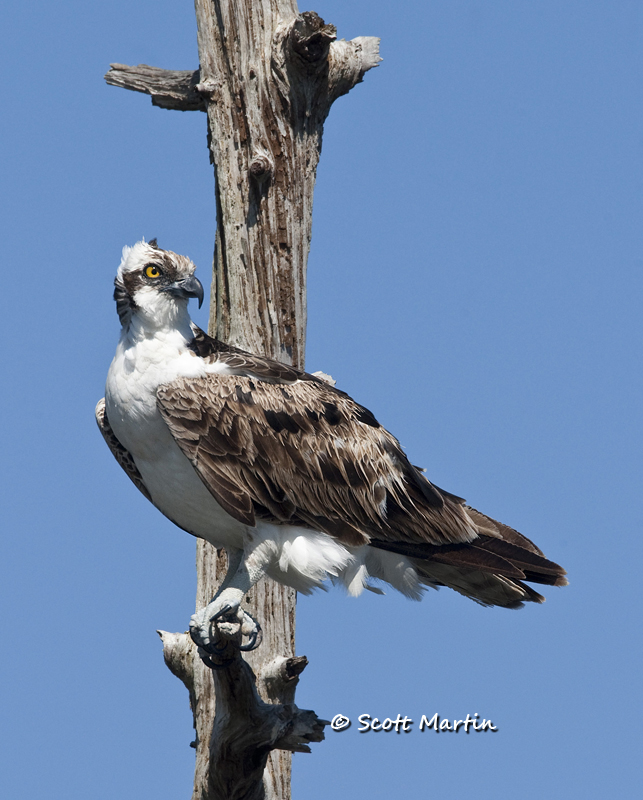
After posing wonderfully for about ten minutes it was time to head off and find another fish.
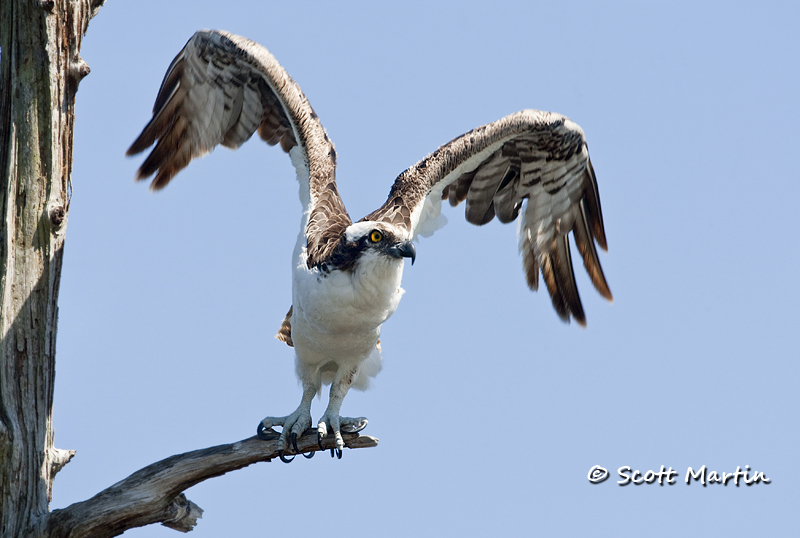

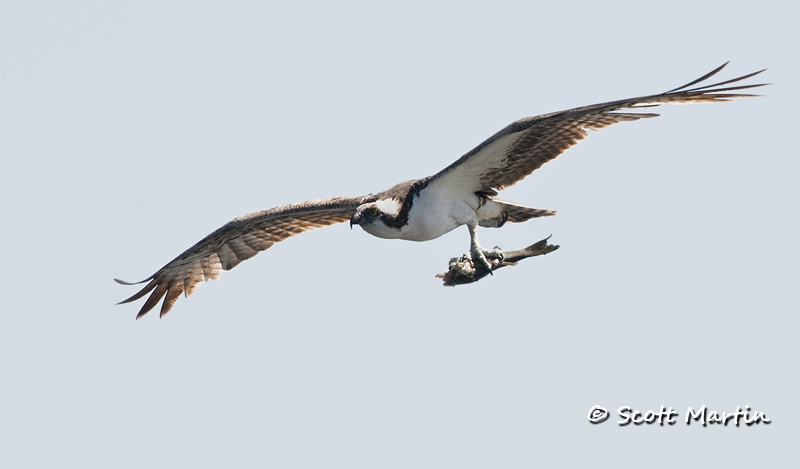

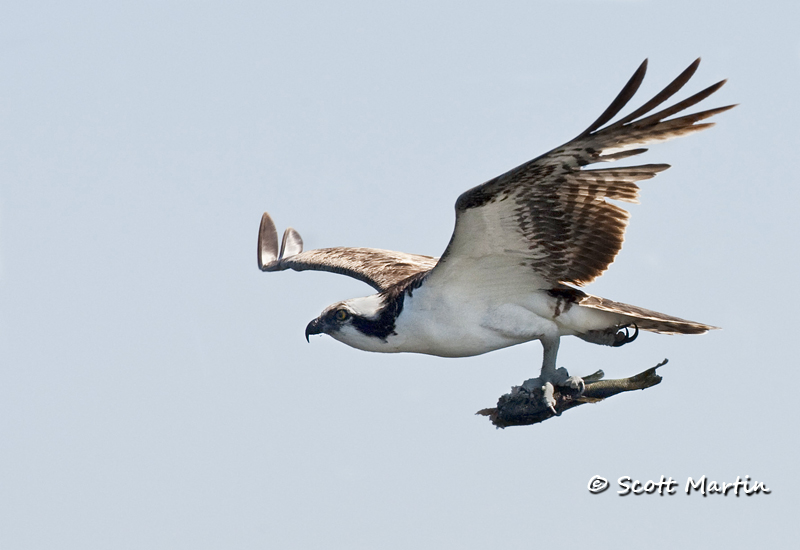
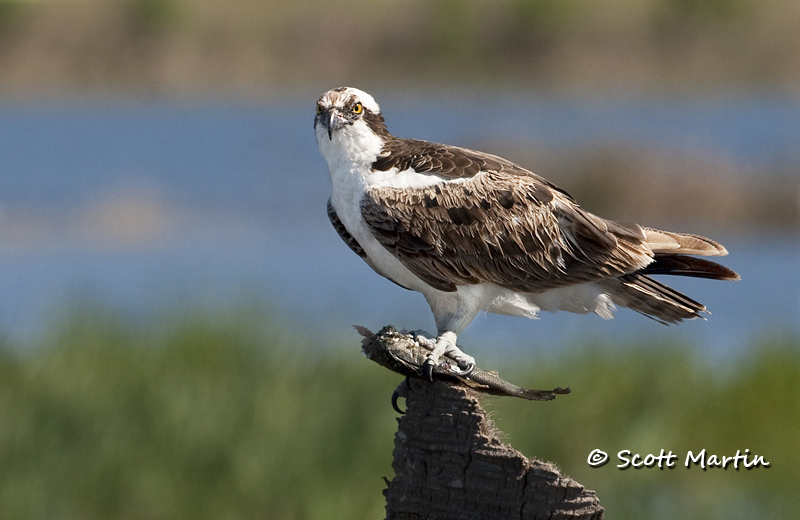
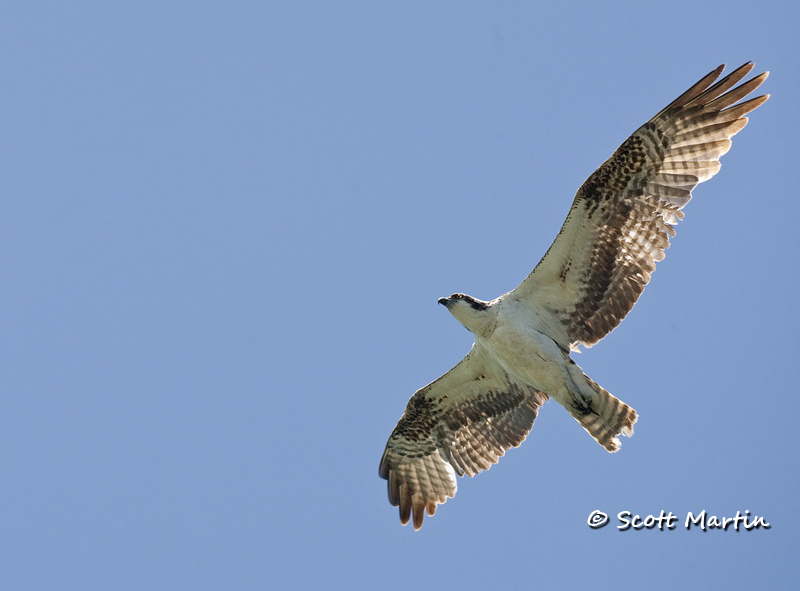
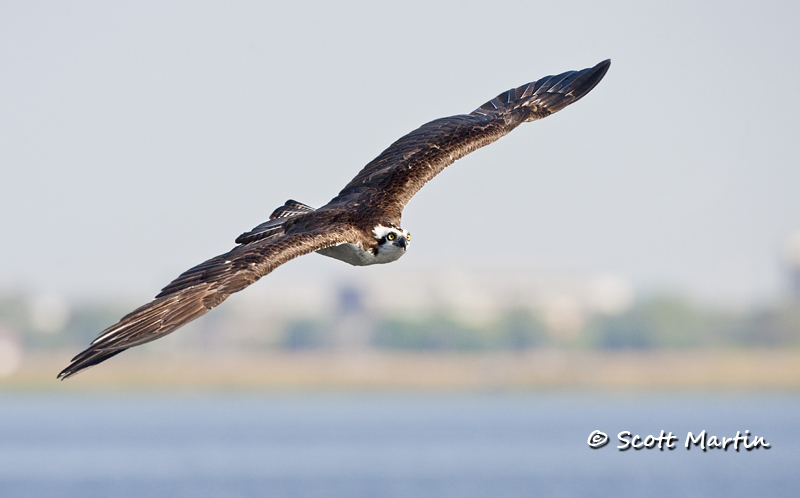
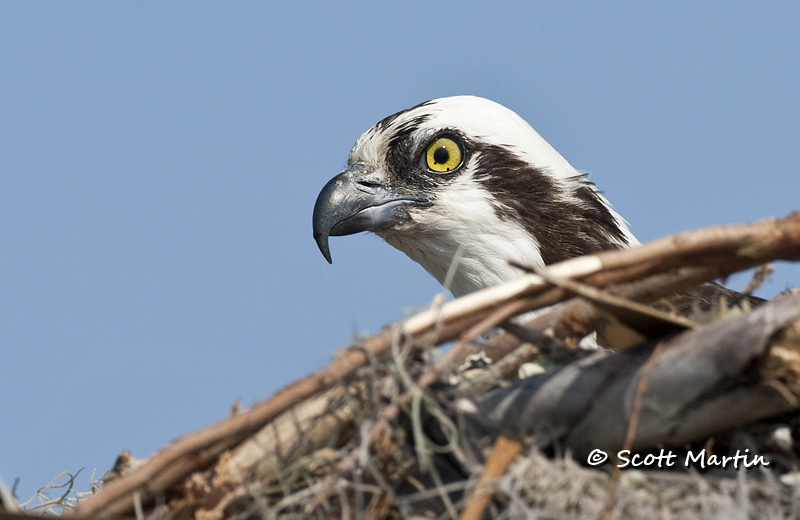
Follow Scott Martin Photography